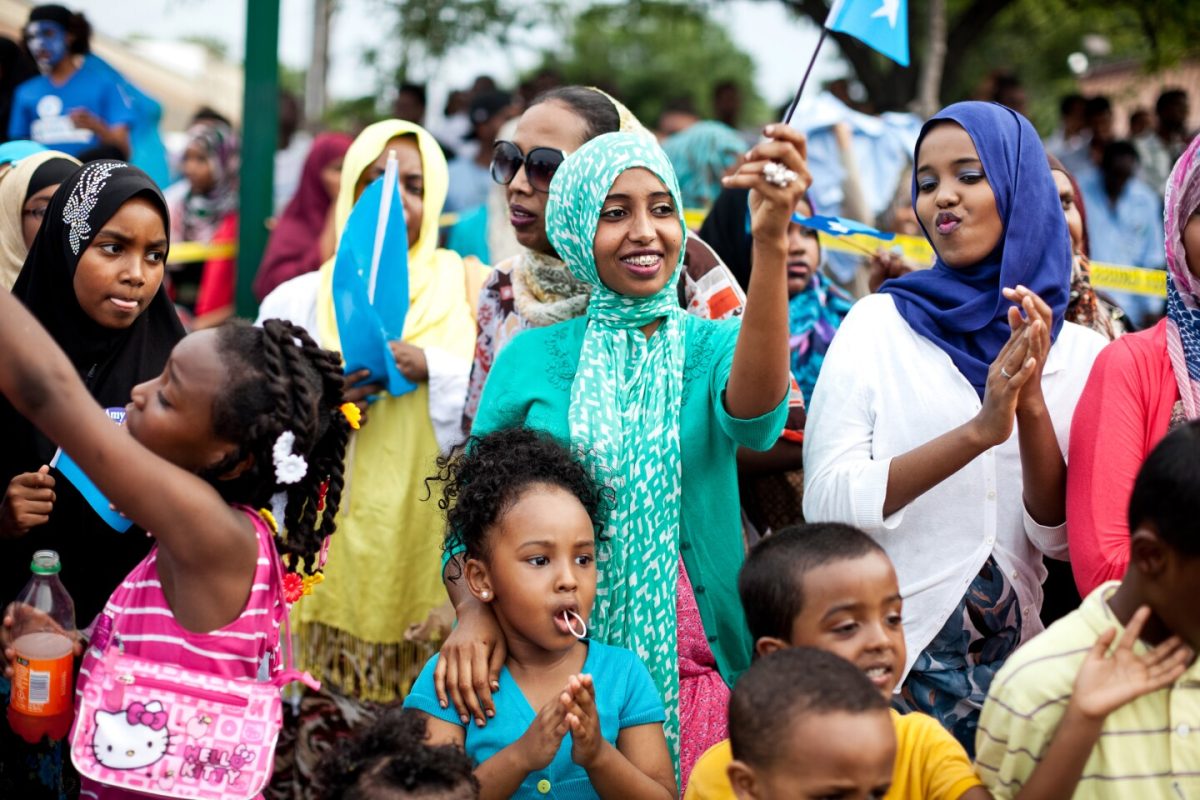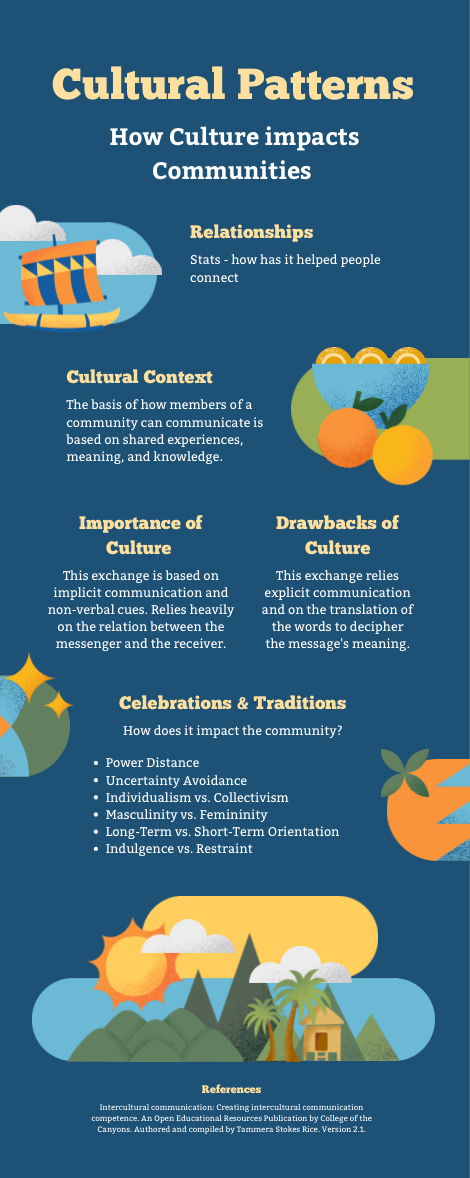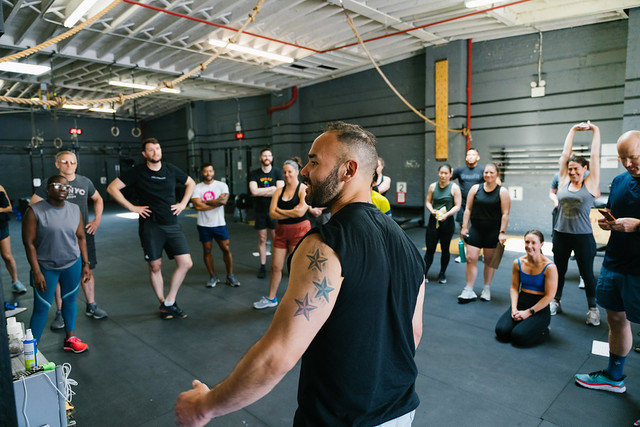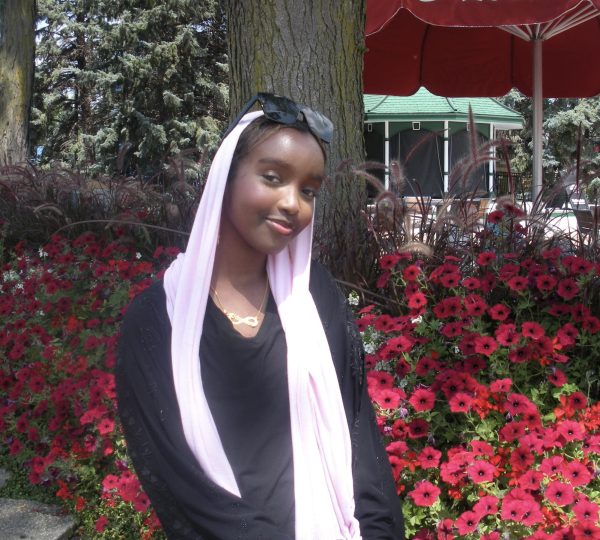The Somali Museum Through History
When the Somali Museum first opened its doors in 2013, it was the first step to telling the story of all things lost, whether it be artifacts, history, or heritage. For so long, the backbone of Somali culture was always the ability to share it. Until every piece of that culture disappeared, lost forever. Because of this, there was an imminent worry that kids of the Somali community would grow up without having any significant connection to their culture. But a man named Osman Ali, would never let this future come to pass.
In Mogadishu, Somalia, there was a historical building that went by the name of the Garesa Museum. It was a century old, and housed countless artifacts and significant cultural pieces that would soon be destroyed as a result of the civil war. Somali culture was slipping through the hands of history like quicksand, and no one was doing anything to stop it. Not until years later. In 2009, a man who goes by the name Osman Ali began collecting artifacts from his own traditional nomadic culture. “It started as a project,” said one of the staff members at the Museum. “All the artifacts were from his own personal collection.” Ali made it his mission to share Somali culture with anyone who was willing to learn. It’s what led him to visit different communities and share his collection as a way of education. Since then, the museum has only continued to grow.
The museum slowly began to form many different programs that anyone was welcome to join. Programs such as traditional finger weaving classes, theater, Somali culture 101, and a fan-favorite, the dance troupe. It wasn’t until 2023 that the troupe had started to go viral on social media. The videos themselves had done so well, it helped people find a new renowned interest in Somali culture that would later drive more visitors to the museum.
“The most rewarding thing for a dancer, like me, is always going to be the audience,” said one of the dance troupe members. The museum continued to become a place where communities could unite, and celebrate their shared heritage in the midst of hard times. The museum is also a place where the Somali community could connect with the different cultures and communities around them. By tearing apart cultural barriers, the museum has given non-Somali people a place to explore, learn, and celebrate their similarities. It’s a place that fosters inclusion. It’s a place where people feel understood. But most importantly, it’s a place of belonging. For everyone.
The Somali Museum itself will always be more than just a museum. Throughout the years, it’s seen many hardships, yet it’s still a hub where culture will always be appreciated no matter what. That fact is solely because it’s protected by people like the staff, the dancers, and most of all, Osman Ali. “Something we want to continue doing is to keep coming up with more ideas,” said the museum’s event organizer. “Even now, we still are.” As the museum continues to grow, its mission will forever stay the same. It will continue to be a place where communities are fostered, and imaginations run wild. Because at its heart, the building filled with history that was once almost lost, will always be about connection.
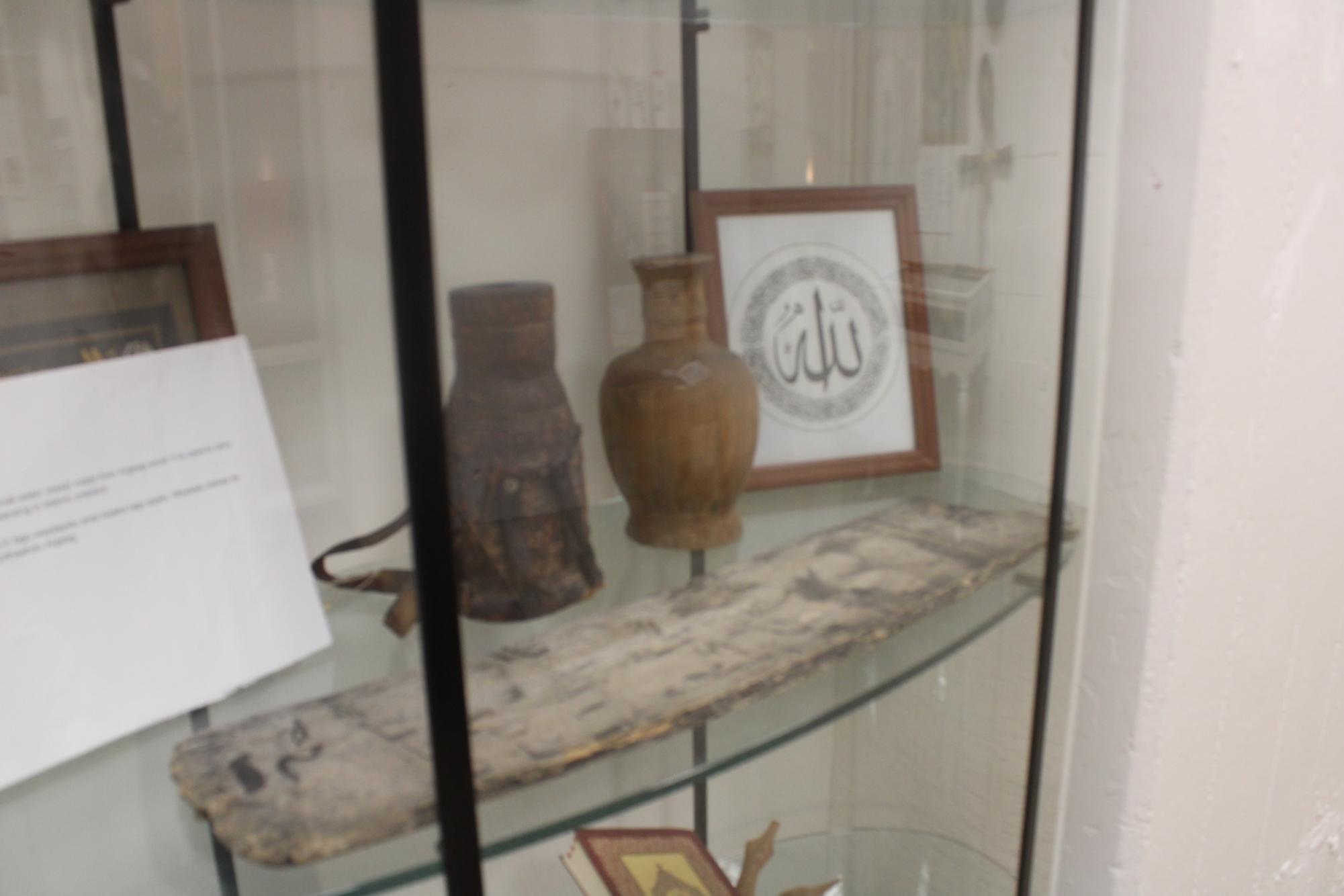
Talking with Wasima: An Interview With A Local Somali Artist
It was a sunny Wednesday afternoon when I had the chance to talk to one of the most inspiring artists I’ve met. Wasima Farah is a woman who brings life and beauty to every canvas she touches. Despite her hardships, her passion for art never waned which resulted in the beautiful, culturally intertwined art she weaves today.
In our recent conversation, we delved into the ways culture has influenced her art as well as how it continues to help local communities. Through her vibrant expression, Wasima illuminates how art can help create a sense of belonging, teach us new things, and finally, celebrate our differences.
HANNAN: How long have you been doing art for?
WASIMA: Thank you for asking! I’ve been doing art for a very long time. I started professionally at 17 in 2017, and I got into it because my mom was a student in child education. She would always bring art supplies home, as well as my aunt. I’ve been doing professional free lance work since then, working with local organizations. Especially the schools and… just reaching out to as many people as I can! It’s been about 8 years now.
H: I’ve looked at a bit of your art for a while, and I’ve noticed small distinct pieces of Somali culture within it. Whether it be patterns or something else. What were your motives behind that, as well as the meaning?
W: I love adding… like that’s just me! For my personal work, it’s a reflection of my identities as an eldest daughter, and as a Somali girl. My mind always goes to what makes us, us. Whether it’s the fabrics we’ve seen our mothers and grandmothers wear, or the dahab—the gold—they wear. These are distinctive features that, I would say, are very nostalgic. That’s where the motifs come from, it’s just a reflection of the people around me. And also… maybe challenging some of our thinkings too within our culture. So I make sure to reflect on things that are positive, but also negative.
H: What role do you think art plays in shaping the cultural identity of a community, or a city, or a bigger place?
W: That’s a great one. Because… I go back to this quote all the time, but it said, “art is a reflection of the time that we’re in.” So whether it’s a person that’s painting in the 1900’s, there’s things that are going on in that time that an artist feels, and they reflect it in their paintings. For me, I would want to make a painting that someone could look at in 10 years and say, “oh this is what was going on!” Or “oh this is how this person was feeling in this era, and in this society at that time.” It’s like a form of documentation. I just think art is a reflection of what kind of person you are at that moment and what your society looks like, what your community looks like, and what you’re dealing with at that time.
H: As for your audience, what is the impact that you want to leave on those who view your art?
W: I was just talking to my friend about this too. I want it to be a discussion. Whether it’s somebody that feels they aren’t being heard by their family, or they’re having a hard time communicating with their mother… I just want them to feel seen at that moment. It’s me saying, “hey, I see you. I understand.” It’s a way of reassuring and validating their experiences. I just hope that people see the work that I do as validating people’s feelings especially as girls. Validating our anger, validating our sadness, our hurt, the injustice. All of it.
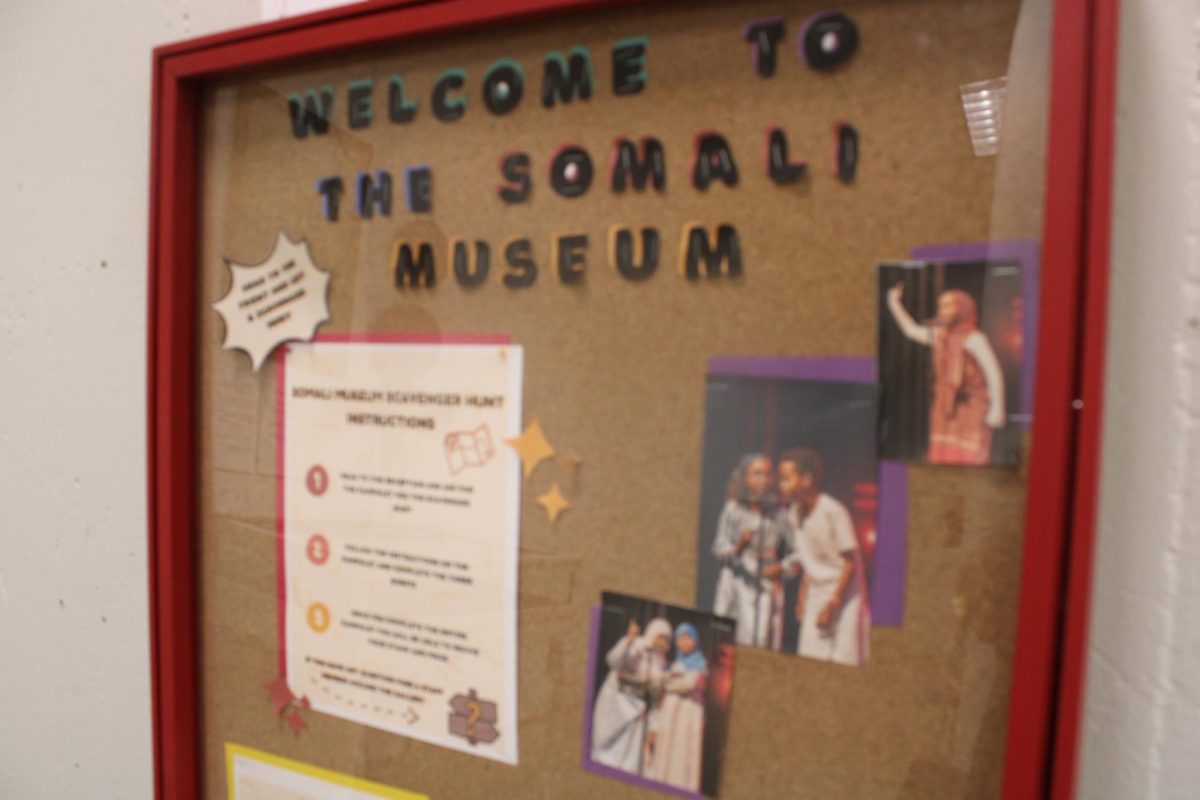
Around the World in 3 Holidays
12 months, 365 days in a year. Each month and each day is woven with so many sentiments from joy, to gratitude, to pure awe. One thing that has always been known is that holidays are such a sacred thing. We hold them so close to our chests as a way of protection without even realizing it. Protecting our values, our traditions and more. But happiness should never be shielded or hidden. So let’s take a trip and learn the days that bring others happiness too.
Kwanzaa
- Family is one of the strongest common attributes most holidays have in common. Kwanzaa shares this attribute, but their history is a little different.
- It lasts through December 26th-January 1st.
- Kwanzaa was created in 1966 by one Dr. Maulana Karenga in response to the many riots taking place during this era. This holiday was a way for African Americans to unite in the face of diversity for something positive. Though anyone can celebrate it.
- Kwanzaa has many traditions, but the main one involves 7 candles that all represent a different principle. Self-determination, creativity, responsibility, unity, collective work, purpose, and faith. Each night, one candle is lit in association with one of these principles.
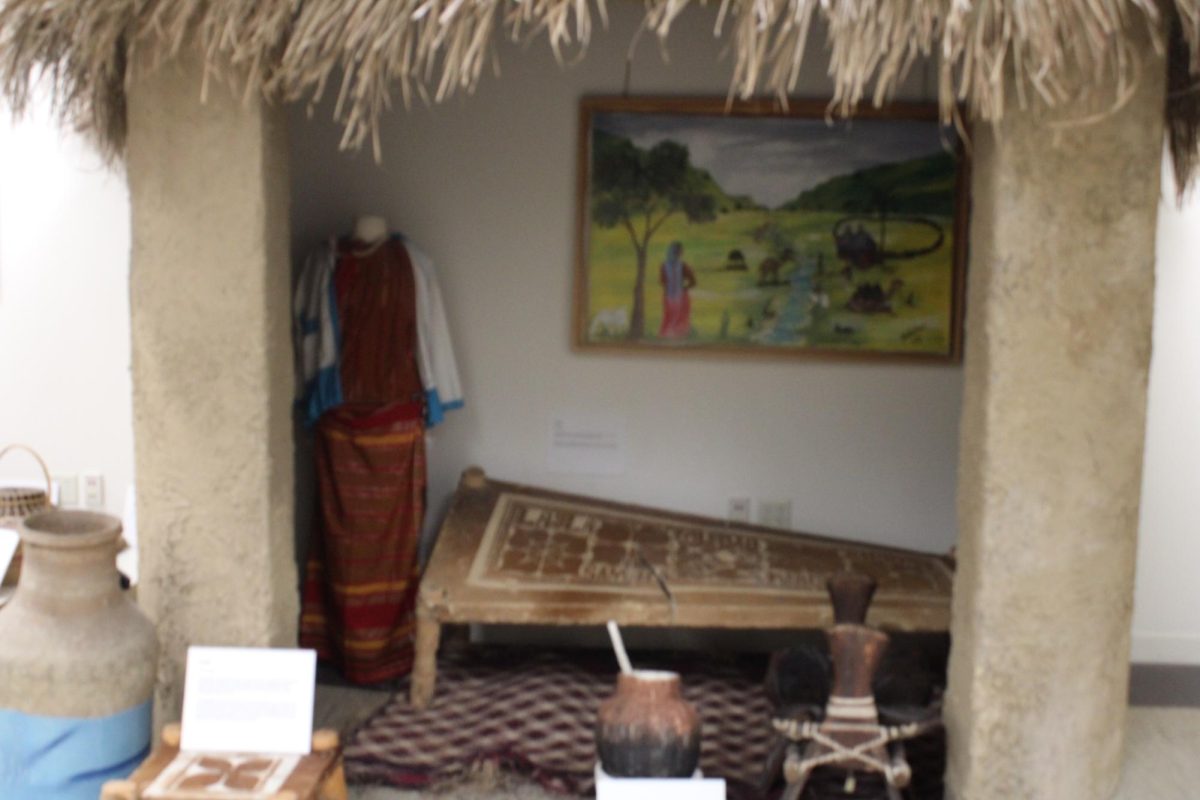
Festa Junina
- While family is an important staple during the holidays, so are friends. This holiday focuses more on the social and boisterous part of the festivities.
- It begins in sync with the Brazilian winter and lasts throughout June.
- This catholic tradition was first introduced during the colonization of Brazil by Portugal and has since evolved into a bright, social celebration.
- Many of its events are rooted in European Midsummer traditions which would later be Christianized and celebrate the Saints. Saint Anthony, Saint John, and Saint Peter.
- There are many ways to celebrate this holiday whether it’s through cultural foods, traditional clothing, folk dances and more. Men and women even wear vibrant clothing in homage to Brazil’s countryside.
The Diwali Festival of Lights
- This holiday highlights the victories of light over darkness, knowledge over ignorance, and most of all, good over evil.
- Since this holiday follows a lunar calendar, there’s no set date for when it is as it’s always changing. But it is usually in autumn every year.
- It lasts five days, each day corresponding with different activities. Activities such as buying gold & silver, visiting family and friends, and exchanging gifts.
- Religiously, some people celebrate the return of Lord Rama, while some believe in the goddess Lakshmi, and others celebrate Lord Vishnu. The main celebration is on the day of the new Moon when it’s darkest. This is when families illuminate their homes with candles and clay lamps–diyas–to symbolize light over darkness.

